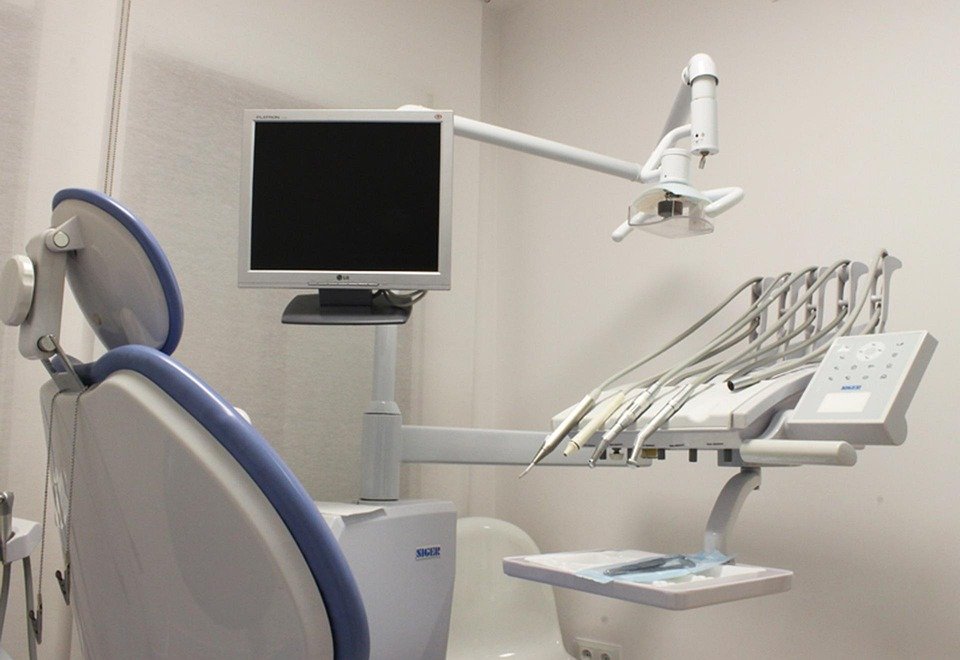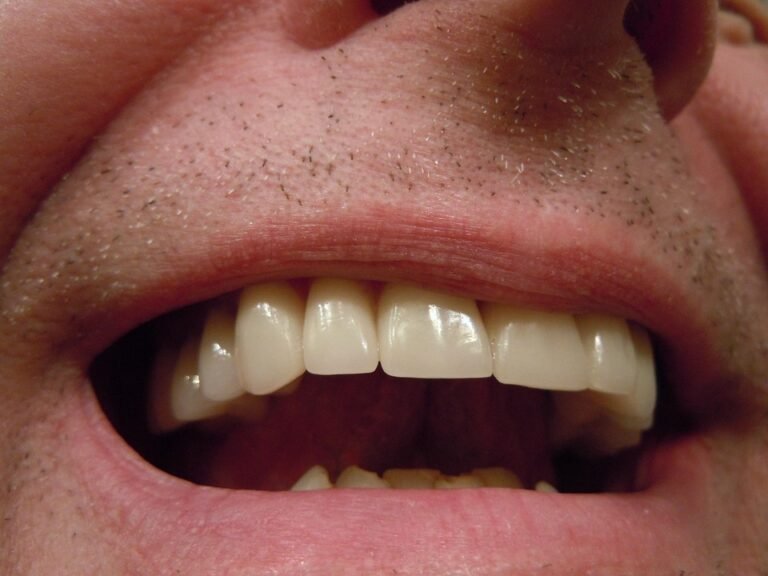What are some social media marketing strategies for dentists
Okay, so I’m a dentist, and I’m finally trying to get serious about using social media to attract new patients. I’m overwhelmed! I know I should be doing something, but I’m not sure where to start. My practice is general dentistry, but I also offer Invisalign and teeth whitening, which I’d really like to promote.
I’m looking for practical advice, not just "post regularly." What kind of content should I be posting? Should I focus on a particular platform, like Facebook, Instagram, or TikTok? How often should I be posting? And what about paid advertising – is it worth it for a small dental practice? Any examples of dentists who are doing social media well would also be super helpful! Also, I’m not great at video, so tips that don’t rely heavily on that would be great. Thanks in advance for any help!
Answer
Social Media Marketing Strategies for Dentists
Social media marketing can be a powerful tool for dentists to attract new patients, build relationships with existing ones, enhance their brand reputation, and educate the public about oral health. Here’s a breakdown of effective strategies:
I. Content Strategy & Creation:
-
Educational Content:
- Oral Hygiene Tips: Share practical advice on brushing, flossing, and using mouthwash. Create short videos demonstrating proper techniques.
- Dental Conditions: Explain common dental issues like cavities, gum disease, and teeth grinding in an easy-to-understand manner.
- Treatment Options: Describe various dental procedures such as teeth whitening, veneers, implants, and orthodontics, highlighting their benefits and what patients can expect.
- Myth-Busting: Address common misconceptions about dentistry and oral health.
- Infographics: Use visually appealing infographics to present statistics, tips, and comparisons related to dental health.
-
Behind-the-Scenes Content:
- Office Tours: Give virtual tours of your dental practice to showcase the comfortable and modern environment.
- Meet the Team: Introduce your dentists, hygienists, and other staff members to build trust and personalize the practice.
- Day in the Life: Share glimpses into a typical day at the office, showing the range of services you provide.
- Patient Testimonials: Feature positive patient experiences through video testimonials or written reviews (with patient consent).
-
Promotional Content:
- Special Offers: Announce discounts, promotions, or package deals on specific dental services.
- Contests & Giveaways: Host contests or giveaways to engage followers and increase brand awareness. Examples include giveaways for electric toothbrushes, teeth whitening kits, or free dental checkups.
- New Technology/Service Announcements: Highlight new equipment, technologies, or services offered at your practice.
-
Interactive Content:
- Q&A Sessions: Host live Q&A sessions with a dentist or dental hygienist to answer followers’ questions about oral health.
- Polls & Quizzes: Create polls and quizzes related to dental knowledge and preferences to encourage engagement.
- Ask Me Anything (AMA): Dedicate a post or story session for followers to ask questions about specific dental topics.
- Visually Appealing Content:
- High-Quality Images & Videos: Use professional-quality photos and videos to showcase your work and your practice.
- Before-and-After Photos: (With patient consent) Showcase successful treatments with compelling before-and-after photos.
- Branded Templates: Use consistent branding elements (colors, fonts, logo) in your social media graphics to maintain a professional and recognizable image.
- Short, Engaging Videos: Create short, attention-grabbing videos for platforms like TikTok and Instagram Reels.
II. Platform Optimization & Management:
-
Choose the Right Platforms:
- Facebook: A versatile platform for sharing a variety of content, including educational posts, promotions, and community updates.
- Instagram: Ideal for visually appealing content, behind-the-scenes glimpses, and showcasing before-and-after transformations.
- LinkedIn: Suited for professional networking, sharing industry news, and connecting with other healthcare professionals.
- Twitter: Useful for quick updates, engaging in industry conversations, and sharing links to relevant articles.
- YouTube: Perfect for hosting longer-form educational videos, patient testimonials, and procedural explanations.
- TikTok: Can be used for short, engaging videos aimed at a younger audience, focusing on oral hygiene tips and fun dental facts.
-
Profile Optimization:
- Complete Profile Information: Ensure all profile fields are filled out accurately, including your practice name, address, phone number, website, and hours of operation.
- Professional Profile Picture: Use a high-quality photo of the dentist or a well-designed logo.
- Compelling Bio: Write a concise and engaging bio that highlights your practice’s mission, values, and areas of expertise.
- Keywords: Incorporate relevant keywords (e.g., "dentist," "oral health," "teeth whitening") into your profile and posts to improve search visibility.
-
Consistent Posting Schedule:
- Develop a Content Calendar: Plan your social media posts in advance to ensure a consistent and varied stream of content.
- Post Regularly: Aim to post at least a few times per week to keep your audience engaged.
- Optimal Posting Times: Research the best times to post on each platform to maximize visibility and engagement (based on your target audience’s activity patterns).
- Audience Engagement:
- Respond to Comments & Messages: Promptly respond to comments and messages from followers to show that you value their engagement.
- Ask Questions: Encourage interaction by asking questions in your posts and stories.
- Run Polls & Quizzes: Use interactive features like polls and quizzes to gather feedback and keep your audience entertained.
- Run Contests & Giveaways: Host contests or giveaways to generate excitement and increase brand awareness.
- Monitor Mentions: Keep track of mentions of your practice on social media and respond appropriately.
III. Community Building & Networking:
-
Local Partnerships:
- Collaborate with Other Local Businesses: Partner with complementary businesses (e.g., pharmacies, gyms, health food stores) to cross-promote each other’s services.
- Sponsor Local Events: Sponsor local community events to raise brand awareness and support the community.
-
Engage with Local Community Groups:
- Join Relevant Facebook Groups: Participate in local community Facebook groups to share helpful information and connect with potential patients.
- Support Local Charities: Promote your involvement in local charities and organizations.
- Influencer Marketing:
- Partner with Local Influencers: Collaborate with local influencers who have a relevant audience to promote your dental practice.
- Send products to influencers: Consider sending teeth whitening kits or electric toothbrushes to social media influencers for review.
IV. Paid Advertising:
-
Targeted Advertising:
- Demographic Targeting: Target your ads to specific demographic groups based on age, gender, location, and interests.
- Interest-Based Targeting: Target users who have expressed an interest in dental health, cosmetic dentistry, or related topics.
- Lookalike Audiences: Create lookalike audiences based on your existing customer base to reach new potential patients who share similar characteristics.
-
Retargeting:
- Retarget Website Visitors: Retarget visitors who have visited your website but haven’t yet booked an appointment.
- Retarget Social Media Engagers: Retarget users who have engaged with your social media posts or ads.
- Ad Formats:
- Image Ads: Use visually appealing images to capture attention and promote your services.
- Video Ads: Create engaging video ads to showcase your practice, highlight your expertise, and educate potential patients.
- Carousel Ads: Use carousel ads to display multiple images or videos and tell a story.
- Lead Generation Ads: Use lead generation ads to collect contact information from potential patients who are interested in your services.
V. Tracking & Analytics:
-
Monitor Key Metrics:
- Reach & Impressions: Track the reach and impressions of your posts to measure how many people are seeing your content.
- Engagement Rate: Monitor the engagement rate (likes, comments, shares) of your posts to assess how well your content is resonating with your audience.
- Website Traffic: Track the amount of traffic that is being driven to your website from your social media channels.
- Lead Generation: Monitor the number of leads that are being generated from your social media campaigns.
- Conversion Rate: Track the conversion rate of your social media leads to see how many are turning into actual patients.
-
Use Analytics Tools:
- Social Media Platform Analytics: Utilize the built-in analytics tools provided by each social media platform to track your performance.
- Google Analytics: Use Google Analytics to track website traffic and conversions from your social media campaigns.
- Social Media Management Tools: Use social media management tools to schedule posts, track analytics, and manage your social media presence more efficiently.
- Adjust Your Strategy:
- Regularly Review Your Data: Analyze your social media data regularly to identify what’s working and what’s not.
- Experiment with Different Content Formats: Try out different content formats (e.g., videos, images, infographics) to see what resonates best with your audience.
- Refine Your Targeting: Adjust your targeting parameters to reach the most relevant audience for your services.
- Optimize Your Posting Schedule: Experiment with different posting times to see when your audience is most active.
VI. Compliance & Ethics:
- HIPAA Compliance: Ensure that all social media activity complies with HIPAA regulations to protect patient privacy.
- Truthful Advertising: Be truthful and accurate in your advertising claims and avoid making misleading statements.
- Professionalism: Maintain a professional tone and avoid posting content that could be considered offensive or inappropriate.
- Patient Consent: Obtain patient consent before sharing their photos, videos, or testimonials on social media.
By implementing these strategies, dentists can effectively leverage social media to grow their practice, connect with their community, and educate the public about the importance of oral health. Remember to stay up-to-date with the latest social media trends and adapt your strategy accordingly.






